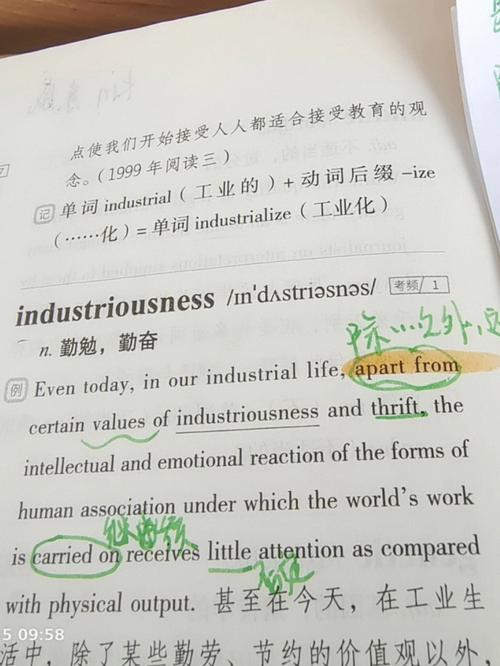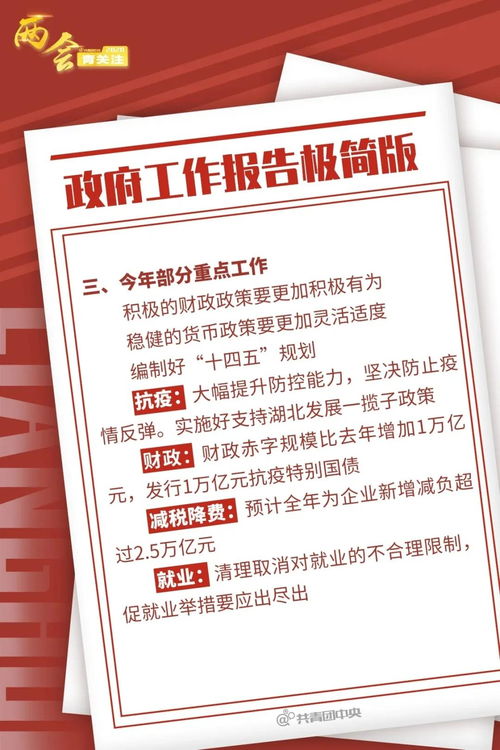Title: Understanding the Role of Vice President
Content:
The role of a Vice President (VP) within a corporate structure is crucial in overseeing specific departments or aspects of the organization. Typically, a Vice President reports directly to the President or CEO and is responsible for implementing the organization's strategies, policies, and objectives within their designated area of responsibility. VPs often play a key role in decisionmaking processes, strategic planning, and ensuring operational efficiency within their domain.
Vice Presidents are senior executives who bring significant expertise and experience to their roles. They are expected to provide leadership, guidance, and direction to their teams, fostering a productive and collaborative work environment. Depending on the organization, the title of Vice President may vary in scope and authority. In some companies, there may be multiple Vice Presidents overseeing different functions such as finance, operations, marketing, or technology.
In summary, the Vice President role is pivotal in driving the organization towards its goals, ensuring effective management of resources, and maintaining alignment with the overall strategic vision set forth by the executive leadership.
Explanation:
The term "Vice President" (VP) in English refers to a senior executive position within a company or organization. This individual typically holds a significant amount of authority and responsibility, often reporting directly to the President or CEO. The role of a VP varies depending on the organization and industry but generally involves overseeing a specific area such as operations, finance, marketing, or technology.
Here are some key points to understand about the role of a Vice President:
1.
Hierarchy and Reporting
: VPs are part of the senior management team and play a crucial role in decisionmaking processes. They report directly to the President or CEO and often participate in setting strategic objectives and policies for the organization.2.
Responsibilities
: VPs are responsible for executing the organization's strategic initiatives within their domain. This includes managing resources, overseeing budgets, and ensuring that operational goals are met efficiently.3.
Leadership and Management
: VPs provide leadership to their teams, guiding them towards achieving departmental objectives and fostering a positive work culture. They often have a significant influence on the company's direction and are accountable for the performance of their departments.4.
Specialization
: Depending on the company, there may be different Vice Presidents each specializing in a particular function. For example, a Vice President of Marketing would focus on marketing strategies and campaigns, while a Vice President of Operations would oversee production and logistics.5.
Strategic Role
: VPs contribute to the overall strategic vision of the organization by aligning departmental goals with broader corporate objectives. They help translate highlevel strategies into actionable plans and initiatives.
Examples and Applications:
Example 1
: In a technology company, the Vice President of Engineering would be responsible for overseeing product development, ensuring technical excellence, and leading a team of engineers and developers.
Example 2
: In a financial institution, the Vice President of Finance might be tasked with managing investments, financial reporting, and compliance with regulatory requirements.
Example 3
: Within a healthcare organization, the Vice President of Operations could oversee hospital operations, patient care delivery, and facility management.These examples illustrate how the role of Vice President can vary across industries while emphasizing the importance of leadership, expertise, and strategic oversight.











评论